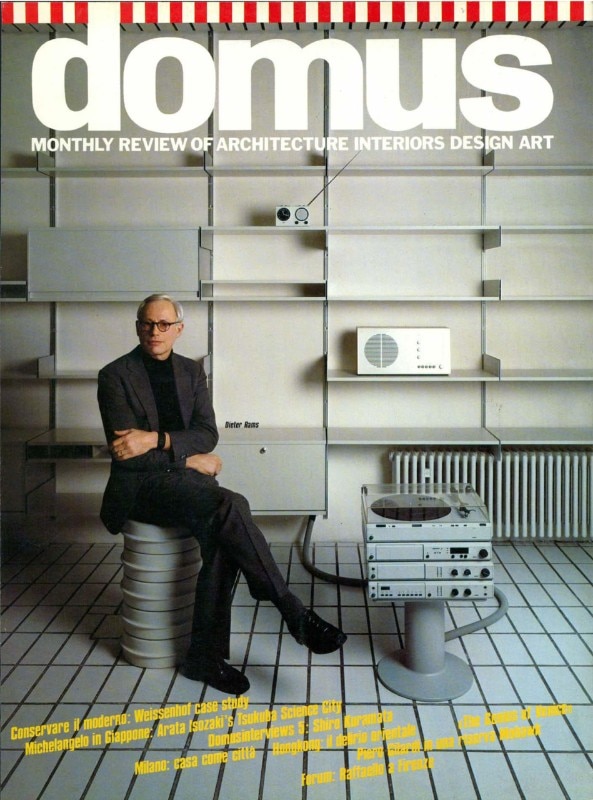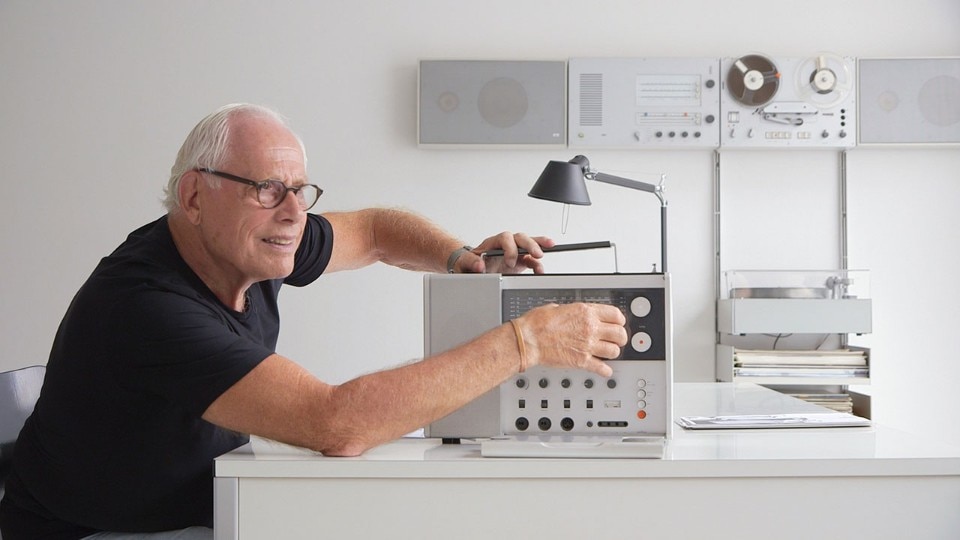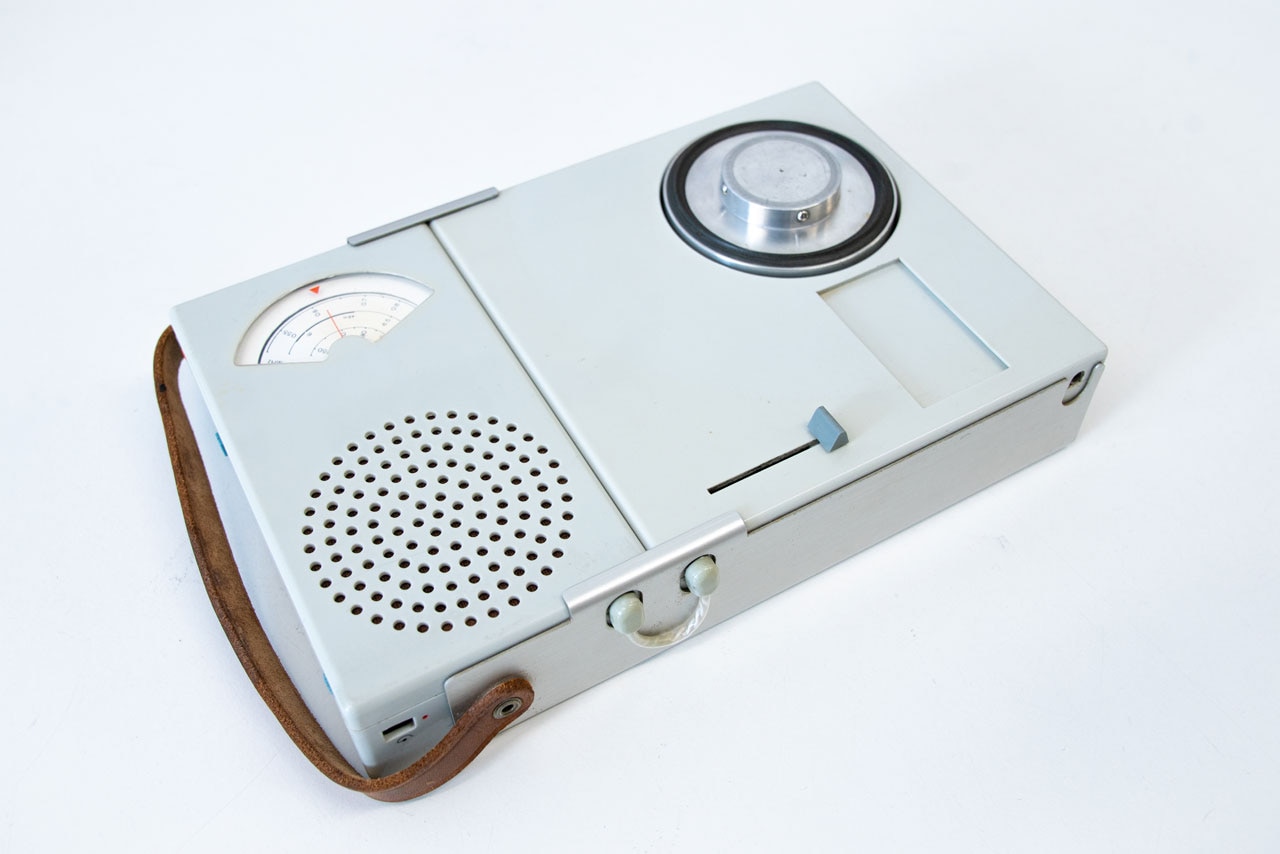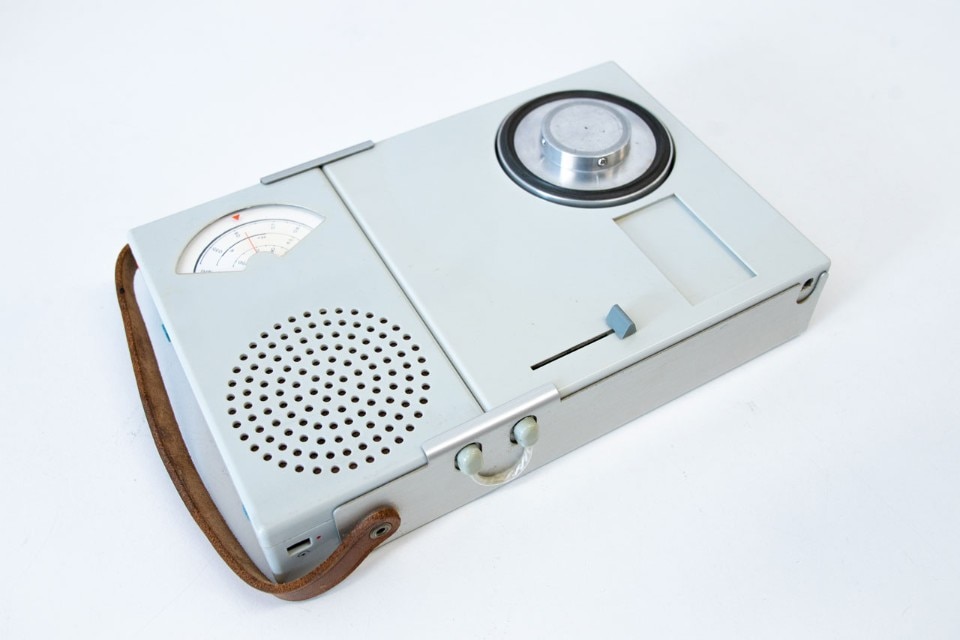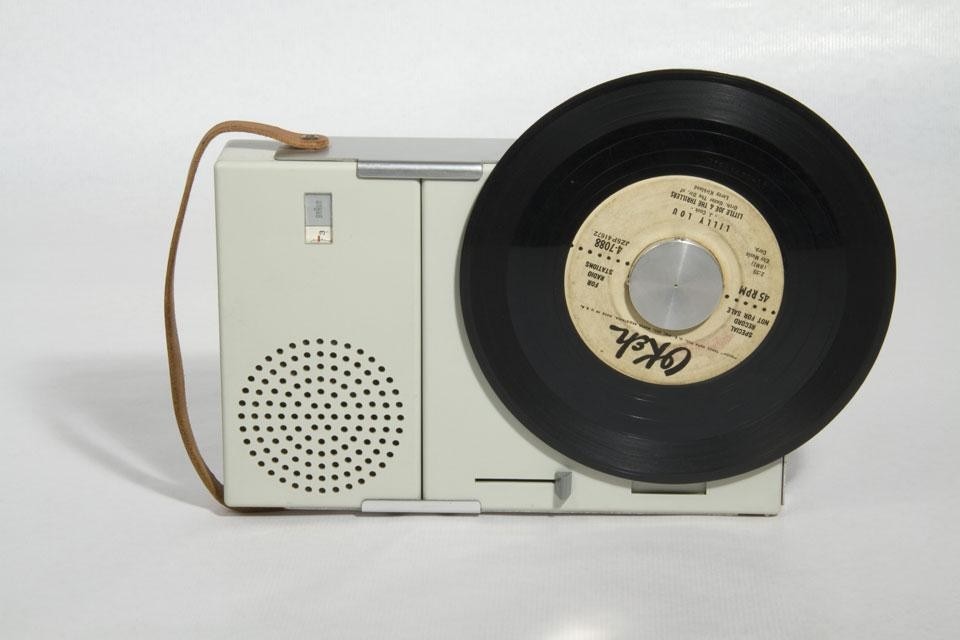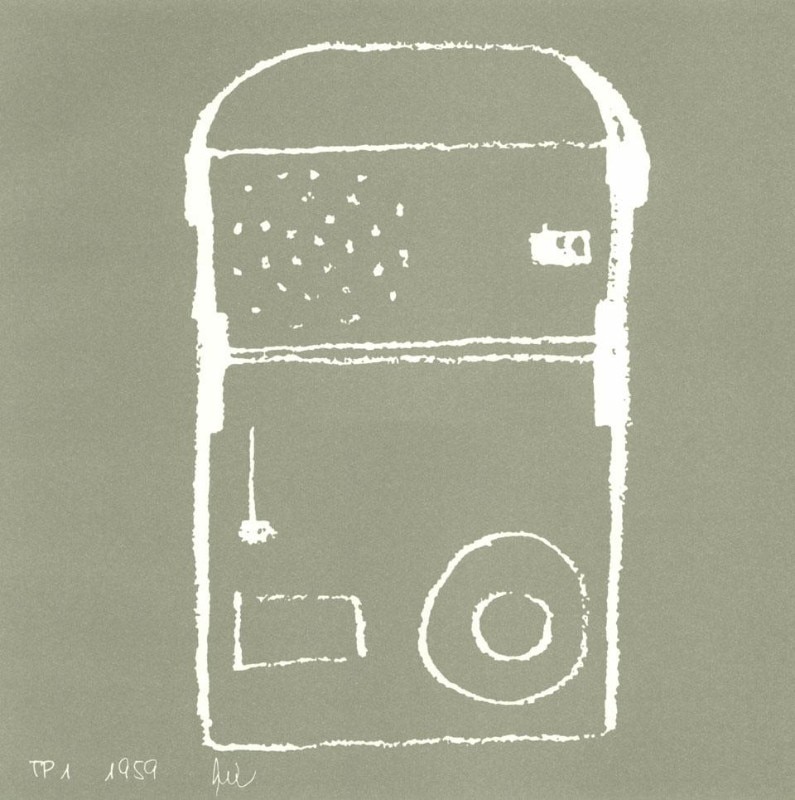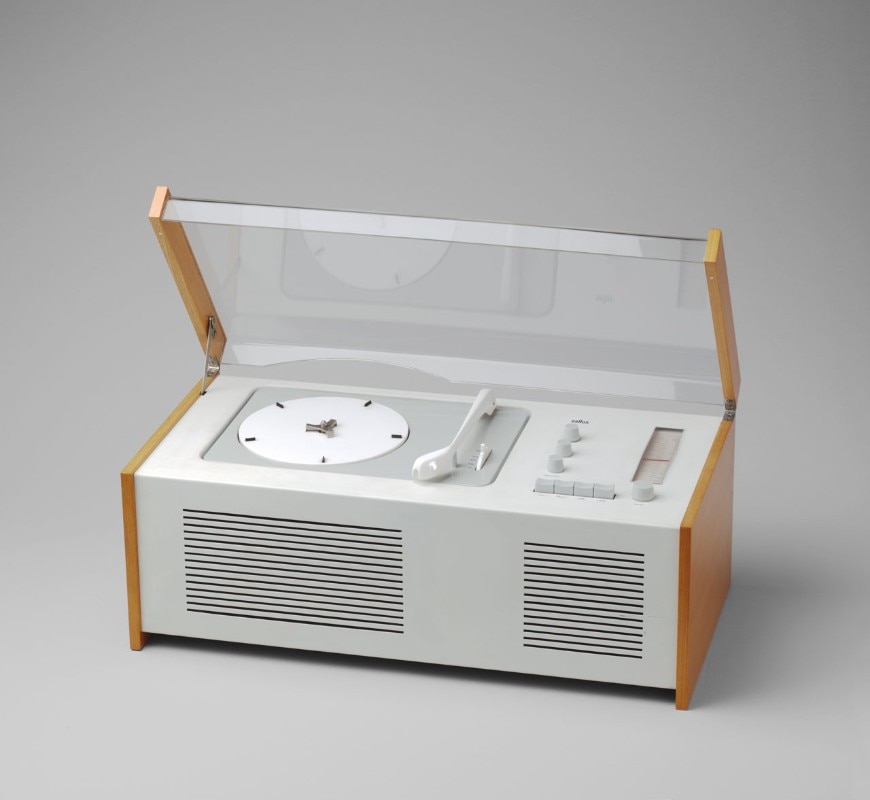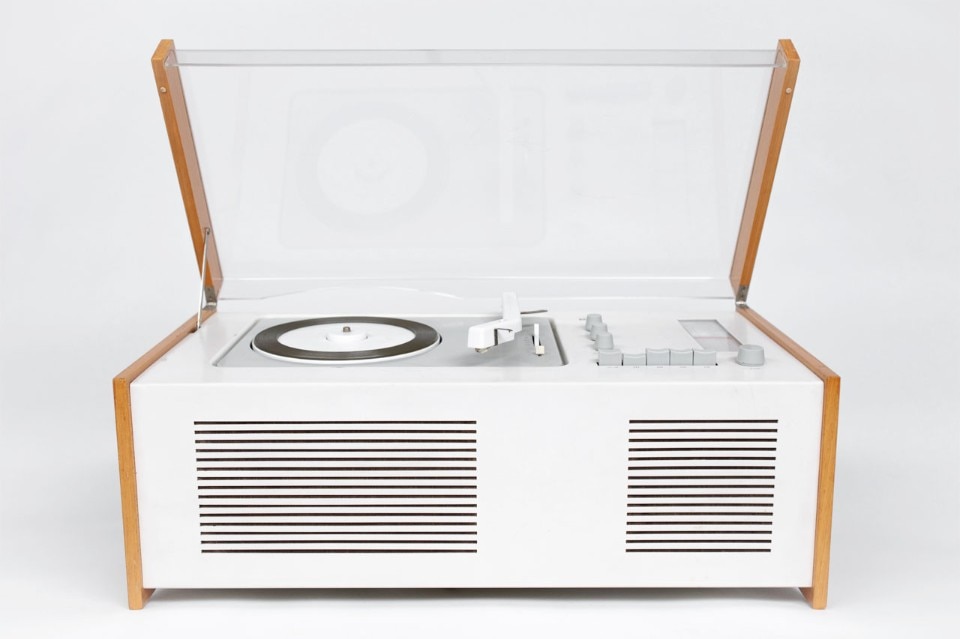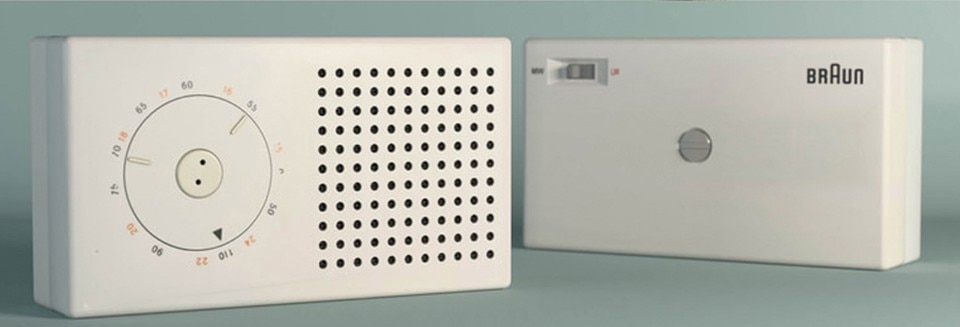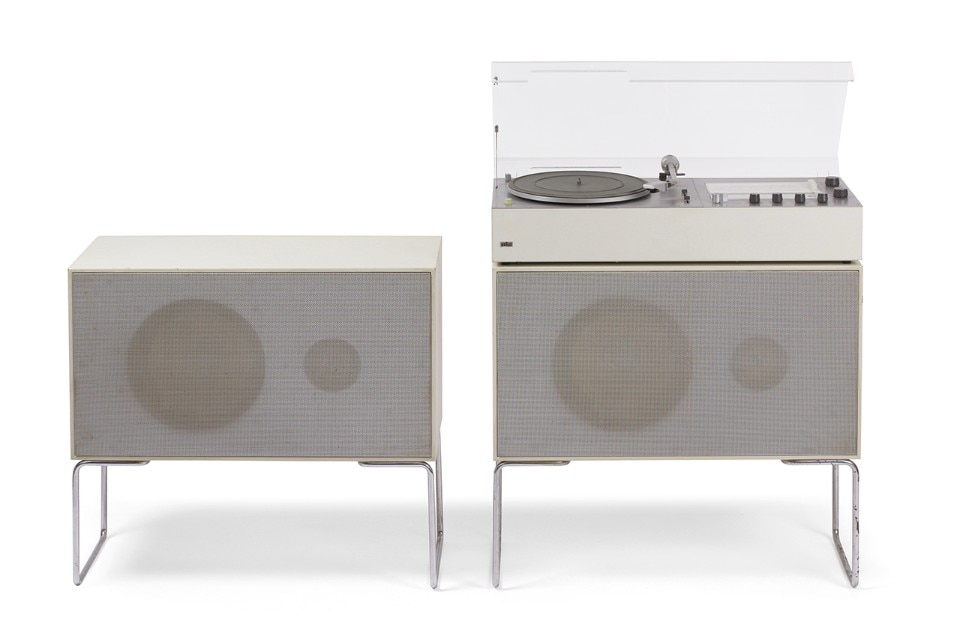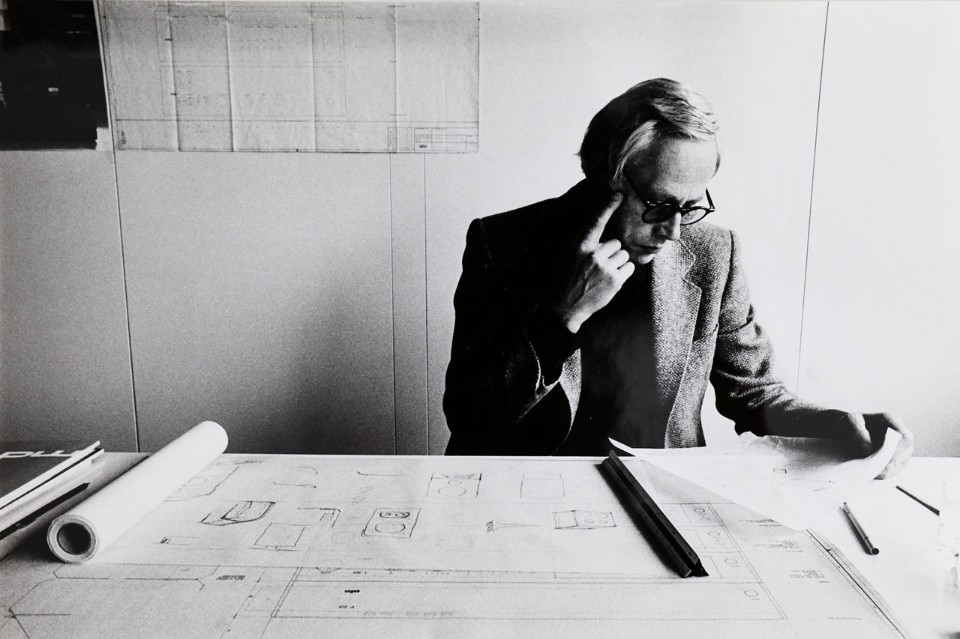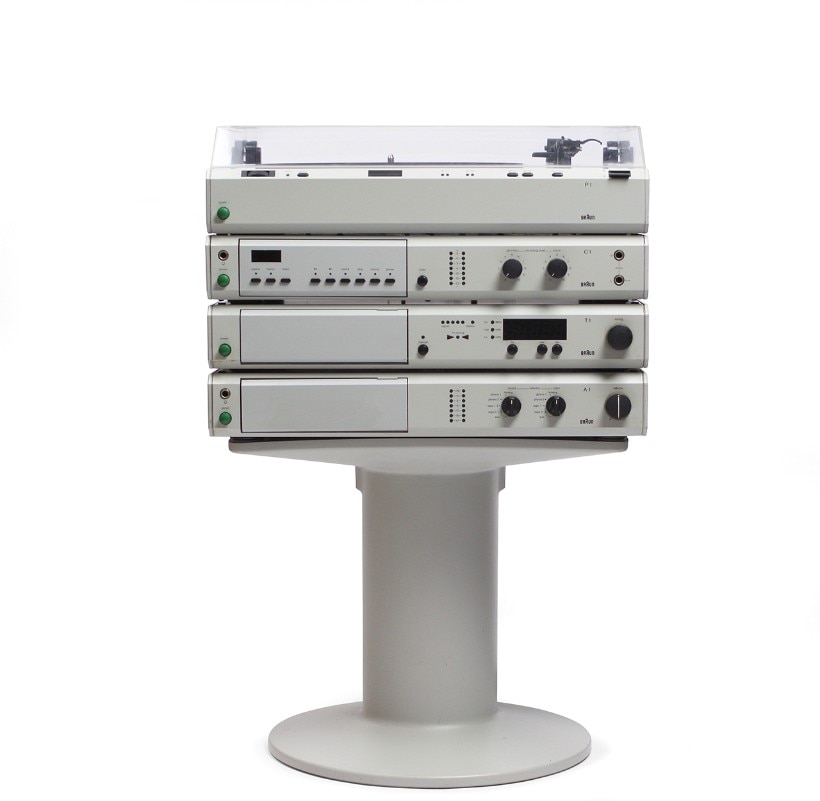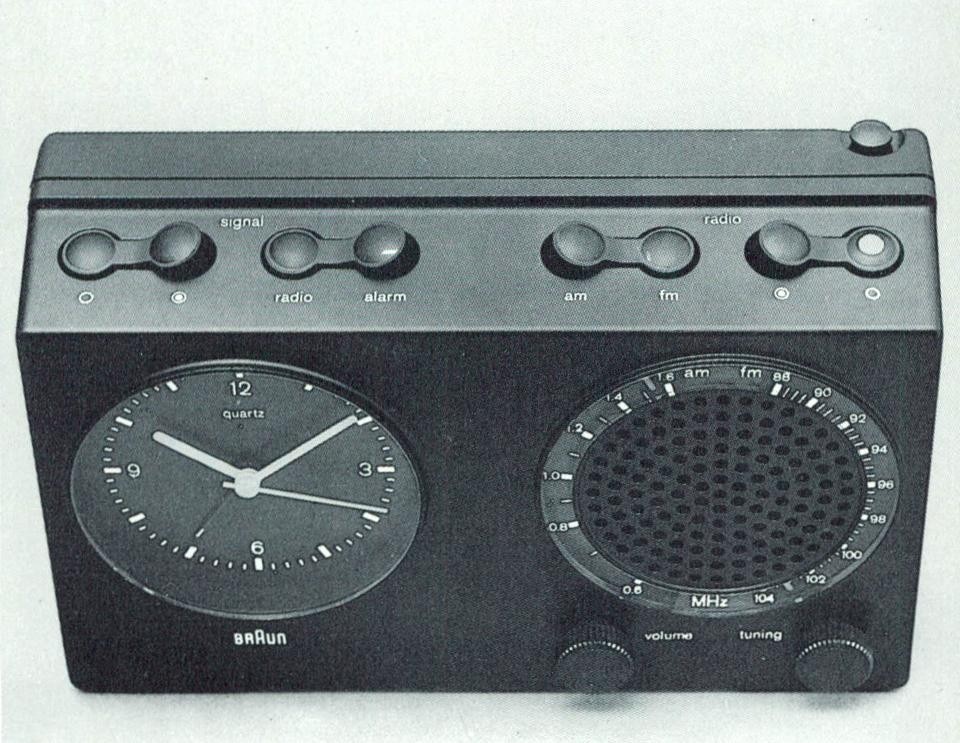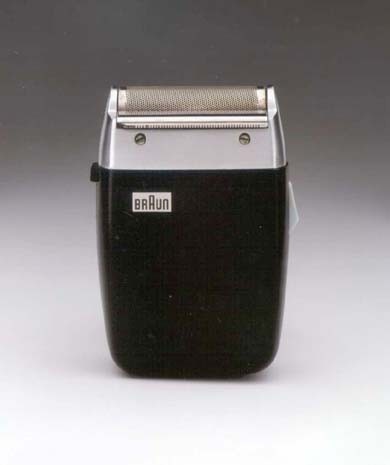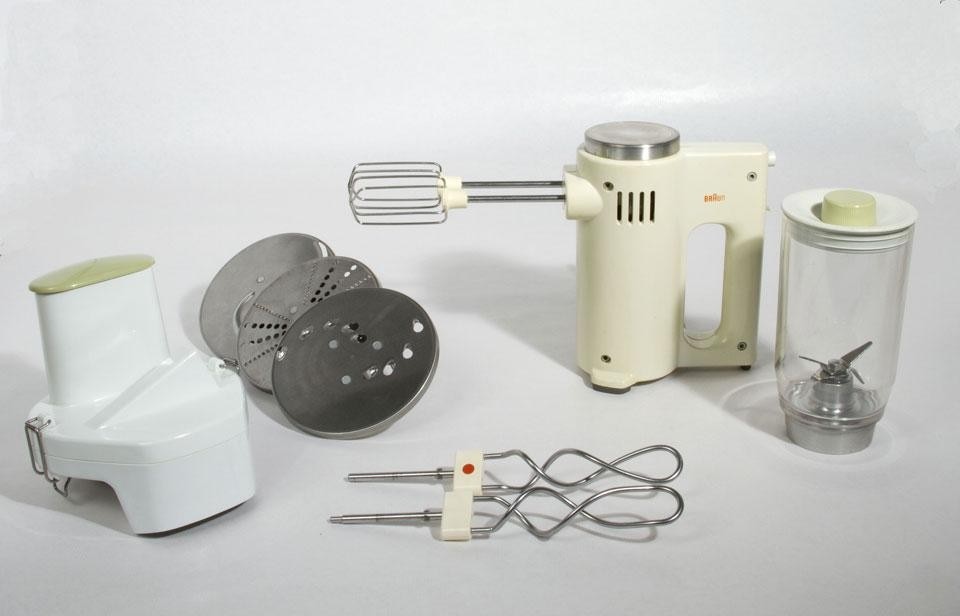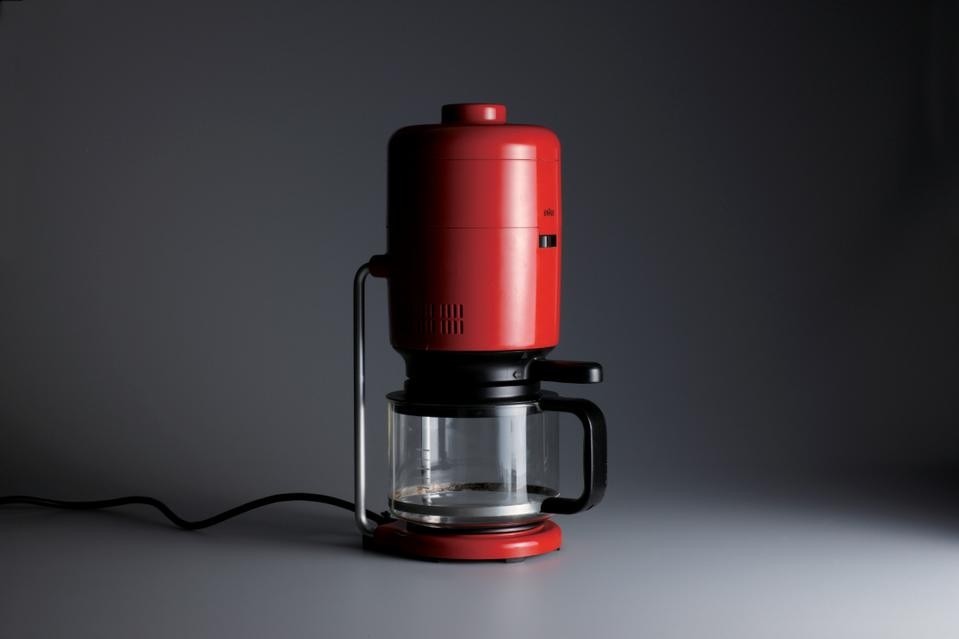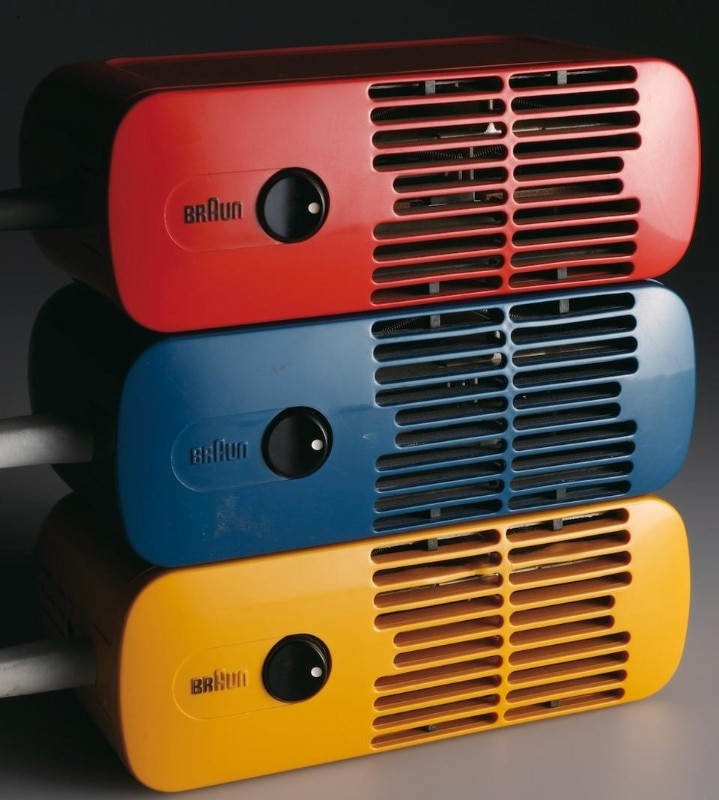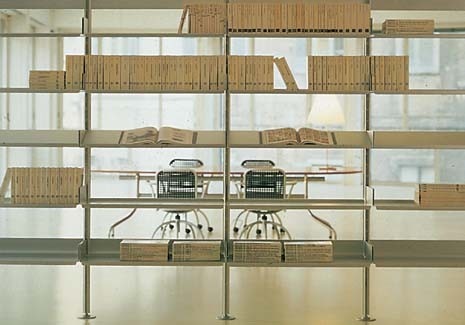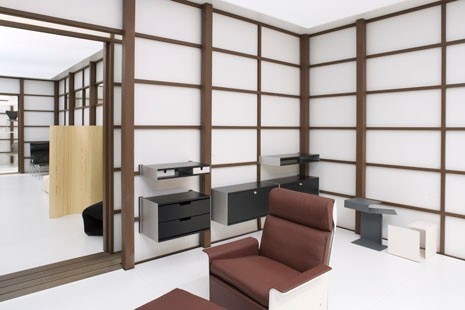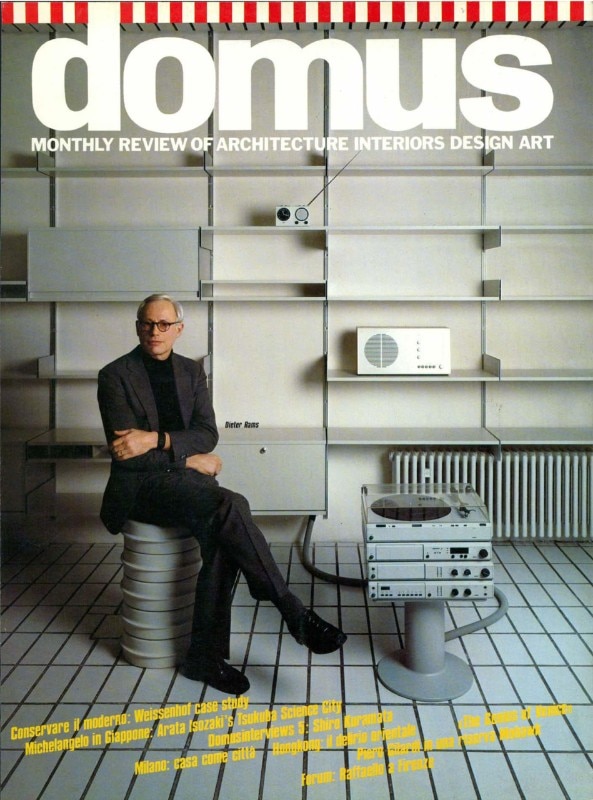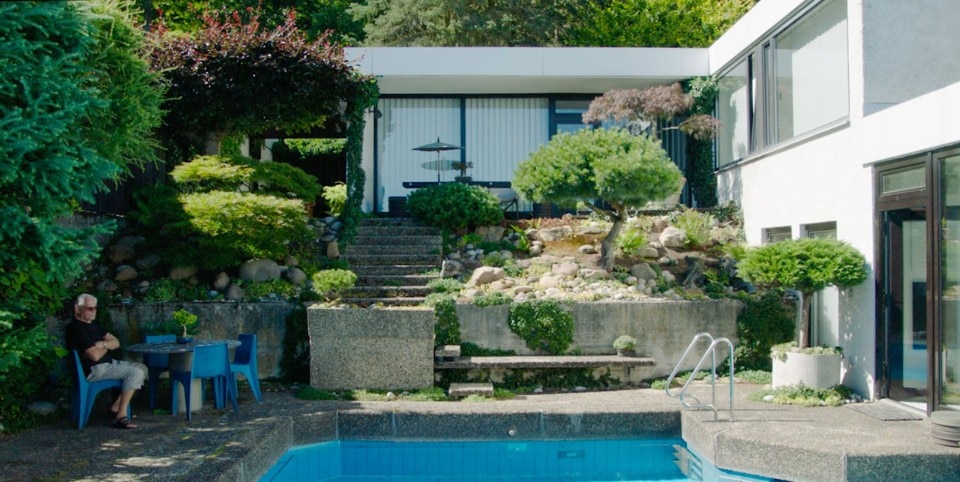A pioneer of systemic design, and the father of good design theory, Dieter Rams is one of the most important living references for entire generations of designers. Born in Wiesbaden in 1932, he grew up in a family where he could already come across practices and knowledges that would determine hi later experience: his godfather was a carpenter, specialized in hand-polishing of surfaces. Fascinated by the functioning of objects and simple mechanisms, while passionately interested in architecture, Rams enrolled at 17 at the Wiesbaden Werkkunstschule — which he called “little Bauhaus” because of its hands-on approach including the study of techniques such as wood joinery. After graduating in architecture and spending a training period in Frankfurt at Otto Apel’s studio, he was commissioned an interior design project by the home appliances firm run by the Braun brothers, which was then expanding its headquarters in that same city. That became the occasion for Rams to quickly achieve a vocational transition towards the realm of product design.
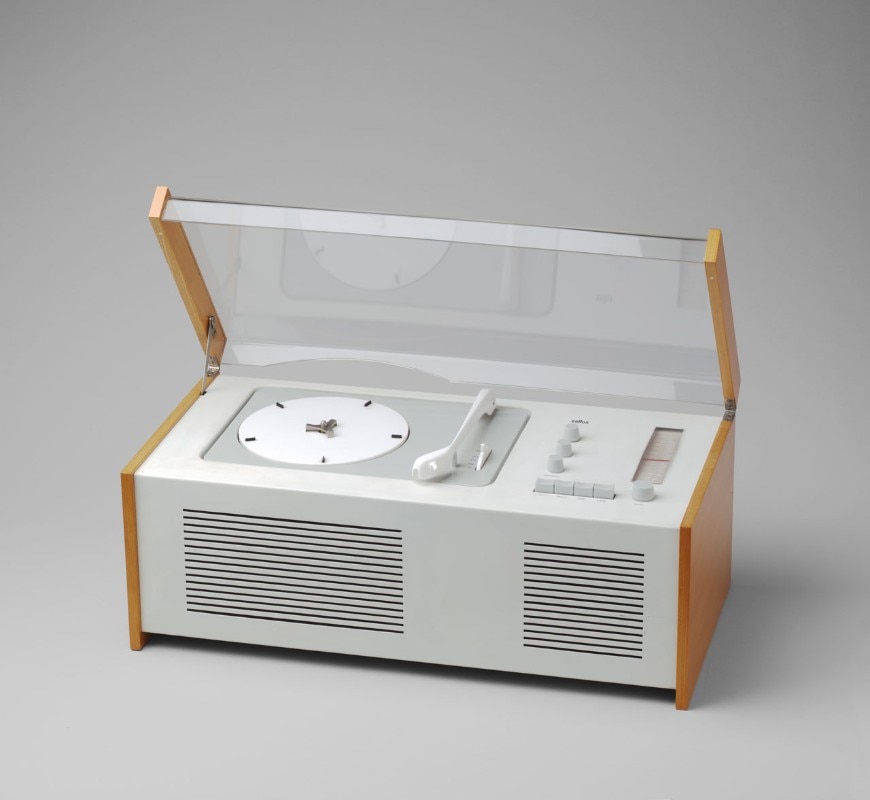
In the difficult postwar years, the Braun company was cooperating on product development with the Hochschule für Gestaltung (HfG) in Ulm, the famous School of Ulm cultivating the legacy of Bauhaus in principles and practices: a network of thinkers and makers was being created, aiming to lead postwar Germany towards a new modernity. In such context, Rams was involved in 1954 in the work led by Hans Gugelot at Hfg on a new radio-phonograph concept: the experimental design process of a brand new object, reconceived in the layout of its components as well as in its role within the domestic space, would get to its final achievement in the Braun SK4 radio-phonograph (1956), co-designed by Rams and Gugelot, which would very soon become an icon of an era and a philosophy — connected to the School of Ulm — founded on principles of modularity, clear lines, “taking away” instead of “adding”.
I find it better to improve things than to be constantly forced to come up with something new, which is often not new, but formalistically superimposed. If I start with the outside, then it will always be formalistic. And that’s why I prefer the term ‘re-engineering’. I want to start with the inside. Always form inside to outside. And I have to do this with my thinking as well. (Dieter Rams, 2018)
Rams became the head of design department at Braun in 1961, and the division developed and grew up, continuing the collaboration with HfG Ulm that generated design milestones such as the T3 portable radio (1958) and the TP1 system (1959), integrating a transistor radio and an innovative portable turntable reading the records from below. All along the 60s and the 70s, the Braun iconic catalogue expanded and consolidated (including the Sixtant electric shavers, the first home stereo systems, the table lighters, timepieces such as the phase 1 watch in 1971 and the Signal ABR21 radio alarm clock developed in 1978 with Dieter Lubs) making the Braun brand a global reference for design, recognizable in its essential shapes, in the total absence of any decoration, in its capacity to create a modern home scenery providing services without any visual imposition. Rams would keep its position at Braun until 1995, eventually leaving the company in 1997.
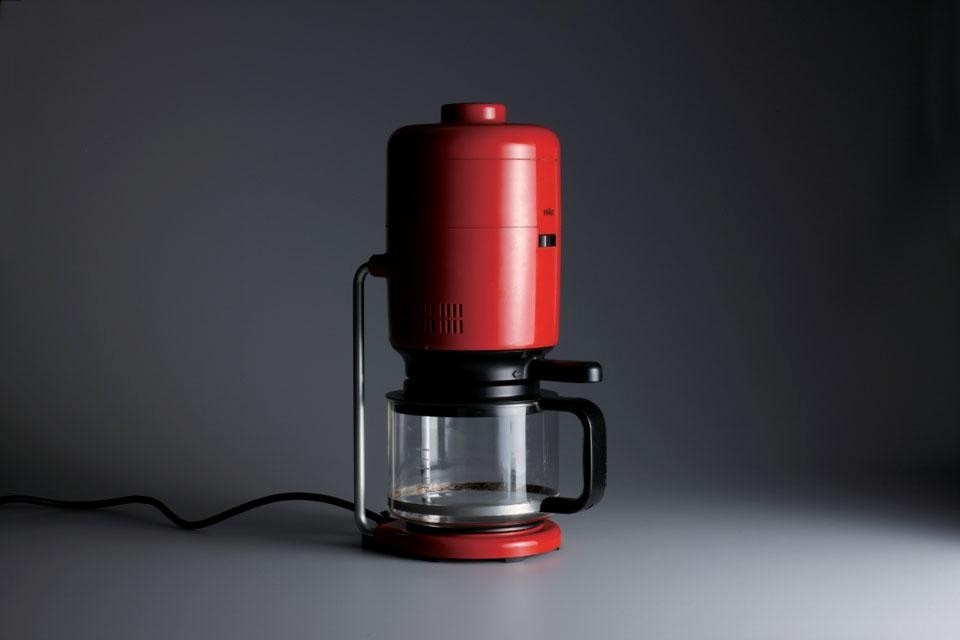
Rams’s activity has more broadly encompassed the entire realm of home living, also through the collaboration he started in 1959 with Danish furniture Vitsœ, carried on as a parallel activity through the decades and still lasting today. The pieces designed for Vitsœ, such as the 601 (1961) e 620 (1962) chairs, were born as the result of a will to freeas much space as possible inside modern houses, very often concerned by issues connected to their small surface — to organize such space and to make its use a pleasant experience. The 606 metal shelving system (1960), conceived in the idea of furnishing different spaces in a house perfectly expresses such essential, functional philosophy end embodies at the same time a vision of design as something long-lasting, with a relevant disposition to recurring updates rather frequent from-scratch redefinitions.
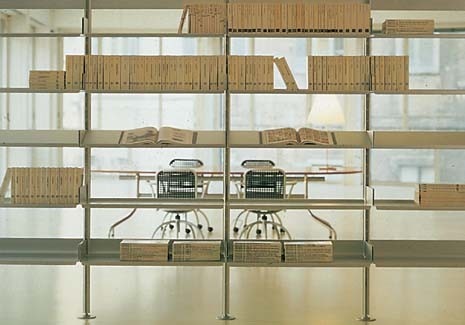
Designers are critics of civilization, technology, and society. (Dieter Rams, 1984)
A groundbreaking phenomenon in the 60s and 70s, when designs by him and his group were associated to an increasing general drive for modernity and modernization, during the 70s the figure of Dieter Rams was temporarily overshadowed by different tendencies emphasizing the attention on provocation and color; still, since the 80s, it has made a grand and permanent comeback as a reference for design at a global scale, inspiring philosophies of designers like Jonathan Ive at Apple — as expressed in a contemporary icon such as the iPod, with its shapes evocating the legacy of the T3 radio.
Since its early research, shared with the group at the School of Ulm, Rams has been one of the first to experiment the systemic design approach — conceiving the objects starting from the inside, from the disposition of components in connection to their use — and he has then framed his research in the theoretical system he christened as good design, anticipating all contemporary attentions to sustainability and criticisms against “programmed obsolescence ”of products. This theory is represented by the famous general principle of the “less but better”, but it has also been distilled in an equally famous sequence of 10 principles ( good design: 1) is innovative; 2) makes a product useful; 3) is aesthetic; 4) makes a product understandable; 5) is unobtrusive ; 6) is honest; 7) is long-lasting; 8) is thorough down to the last detail; 9) is environmentally friendly; 10) is minimal).
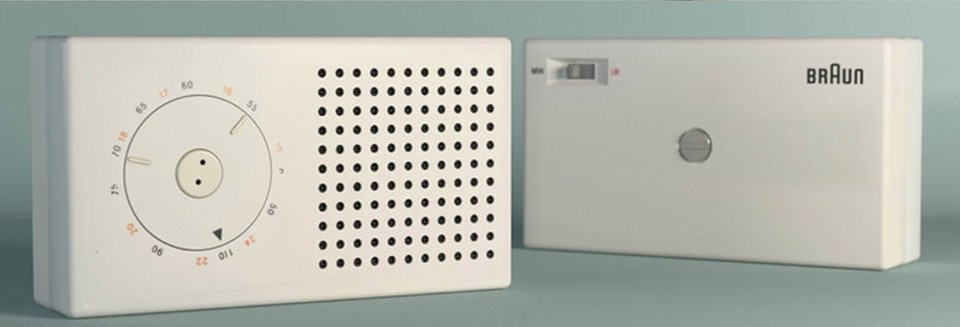
When it comes to aesthetics, everything you’d want to achieve as a designer is in here. (Naoto Fukasawa, designer, on the Braun T3 Radio, 2018)
Rams has always been carrying out actively his role as inspiring figure for designers, also by his teaching activity at the University of Hamburg and his appointment as the president of German Design Council. The pieces created at Braun during his years as head of design are now part of the MoMA collection in New York, and several exhibitions have been dedicated to his work, including the retrospective at Museum für Angewandte Kunst (MAK) in Frankfurt (2002) and the shows at SFMOMA in San Francisco (2011) and Vitra Design Museum in Weil am Rhein (2016). Films and documentaries have been dedicated to his figure, including the recent RAMS by Gary Hustwit (2018).
